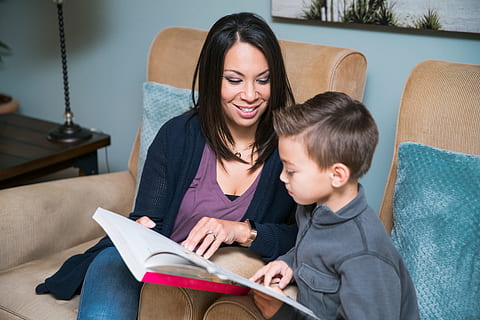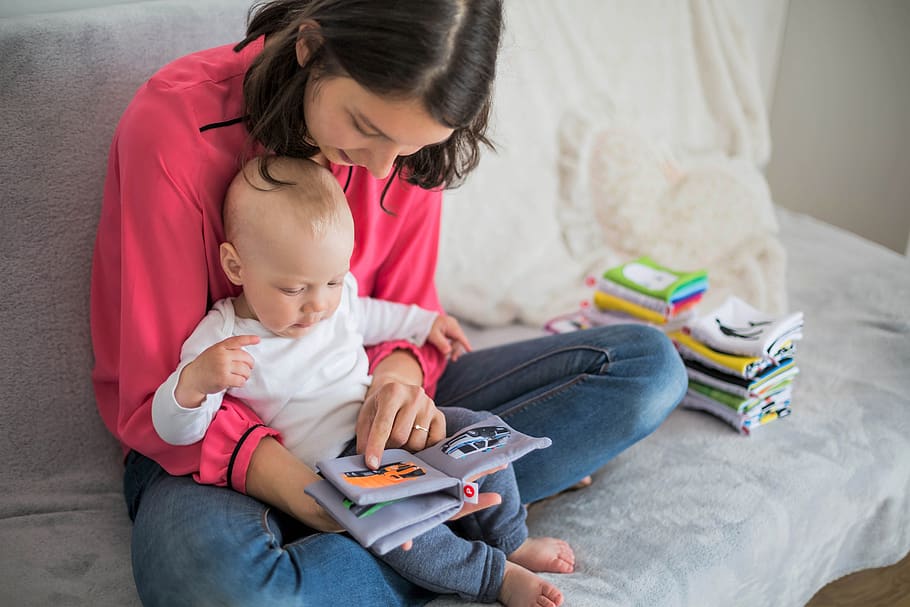By: Inas Essa
Speaking of the privileges of childhood in learning new things easily and fast, they have been linked to how elastic children’s brains are, which allows them to learn in this way. Moreover, we refer to the rapid neural formation they have that allows them to learn languages and other new things faster, which is an ability that decreases with age and can explain why adults cannot get the same results. Additionally, we find that the environment children are immersed in challenges their communication skills, which is an added privilege to absorb new information, language, skills, etc.
But could that be the only shortcut for such fast learning?
Well, science has shown more explanation of this ability, and it is more than neurological and environmental advantages.
The Missing Element
New research conducted by a team of researchers from Chicago and Carnegie Mellon Universities, USA, which has been published in the psychological science journal, has highlighted a key element in the process of learning a new language in children; the way people talk to them.
“We have known for years that parents talk to children differently than to other adults in a lot of ways; for example, simplifying their speech, reduplicating words, and stretching out vowel sounds,” study co-author Daniel Yurovsky said in a press release.
The researchers sought to understand how exactly parents and caregivers tune their language and interactions in a way that matches the child’s speech development so that the child can learn more effectively, and their starting point was the question: How precisely do parents tune their speech to their children’s individual language knowledge?
They developed a game to investigate this point. The children who participated in the game aged 15 to 23 months, with their parents who helped them pick a specific animal from a group of three. Half of the animals in the matching game were animals that children typically learn before age two, like cats and cows, and the other half were animals that are typically learned later, such as peacock or leopard.
Then, the researchers asked 41 child-adult pairs to play the game in a naturalistic setting, while they observed and measured the differences in how parents talked about animals familiar to their children compared to those they thought their children did not know.

Talk Slowly, Simplify, Repeat
As researchers observed the way parents used while talking to their children about unfamiliar animals, they observed parents providing additional descriptors that the children could easily understand as they were also adjusting their communication in response to the level of understanding demonstrated by the children. They talked slowly, raised the pitch of their voice, repeated words, and used simplified language structures.
“We found that parents not only used what they already knew about their children's language knowledge before the study, but also that, if they found out they were wrong—their child did not actually know ‘leopard’ for example—they changed the way they talked about that animal the next time around,” Yurovsky said.
He added, “Parents have an incredibly precise knowledge of their child’s language because they have witnessed them grow and learn… These results show that parents leverage their knowledge of their children's language development to fine-tune the linguistic information they provide”.
Further Implementation
These results are not helpful for parents only, researchers estimate that their work would help scientists working on machine learning algorithms, so that better results would be reached. “Right now, we train language models by giving them all of the language data we can get our hands on all at once. But we might do better if we could give them the right data at the right time, keeping it at just the right level of complexity that they are ready for”. Yurovsky said.

References
journals.sagepub.com
cmu.edu
developingchild.harvard.edu